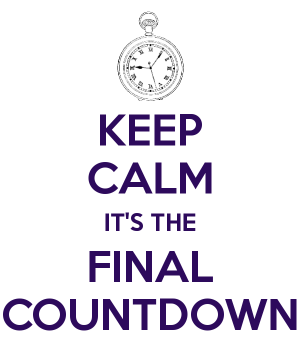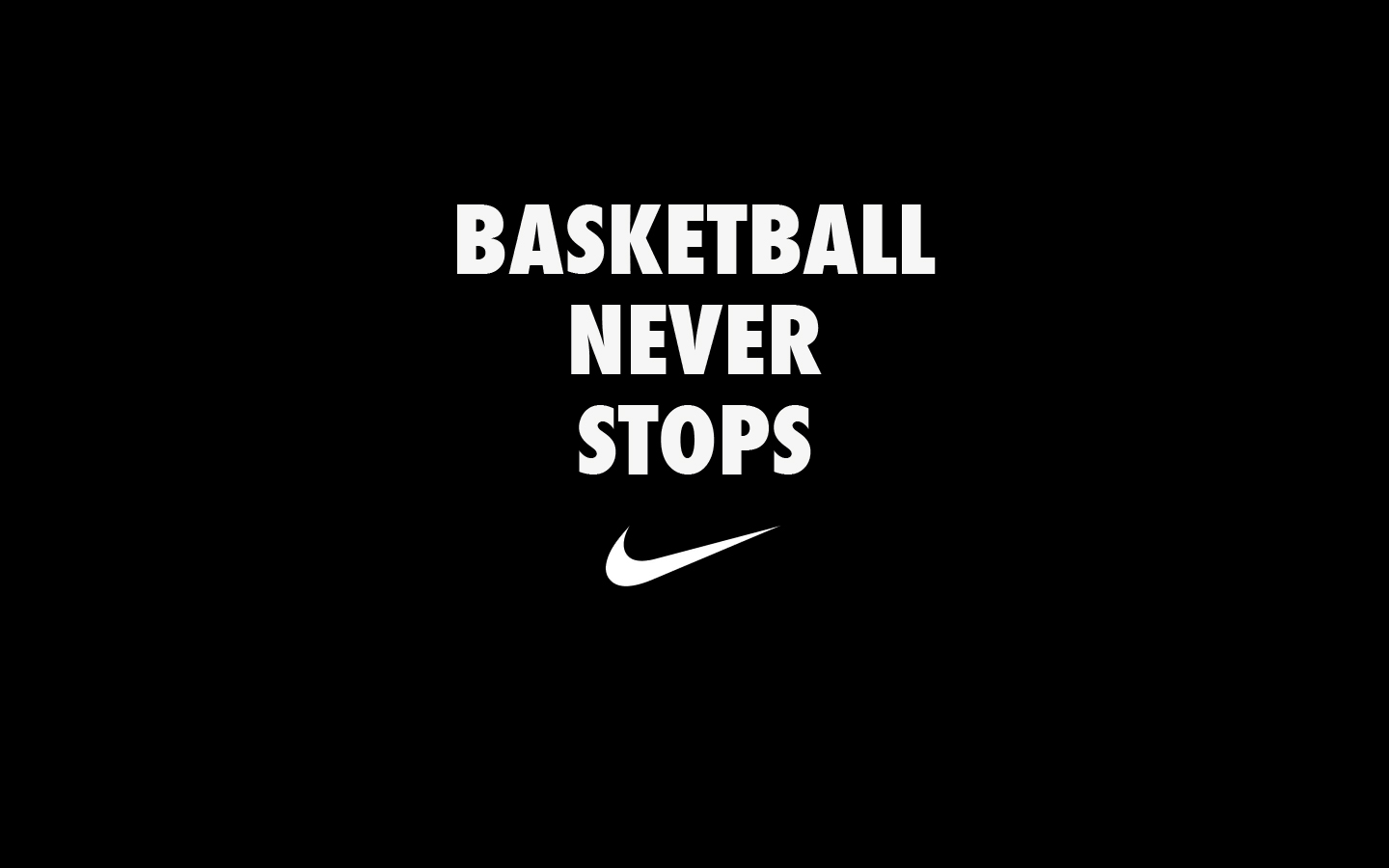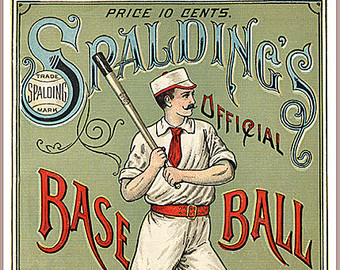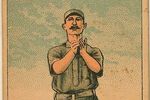The “Shift” Used in 1946 vs. Ted Williams in World Series
This is what the Cardinals used to neutralize Ted Williams. The .350+ hitter during the season was able to muster a 5-for-25 World Series (.250). Make all the complaining you want but if it works and helps win games, do it.








